Honeywell Bull AP-L (aka Zenith SuperSport 286)
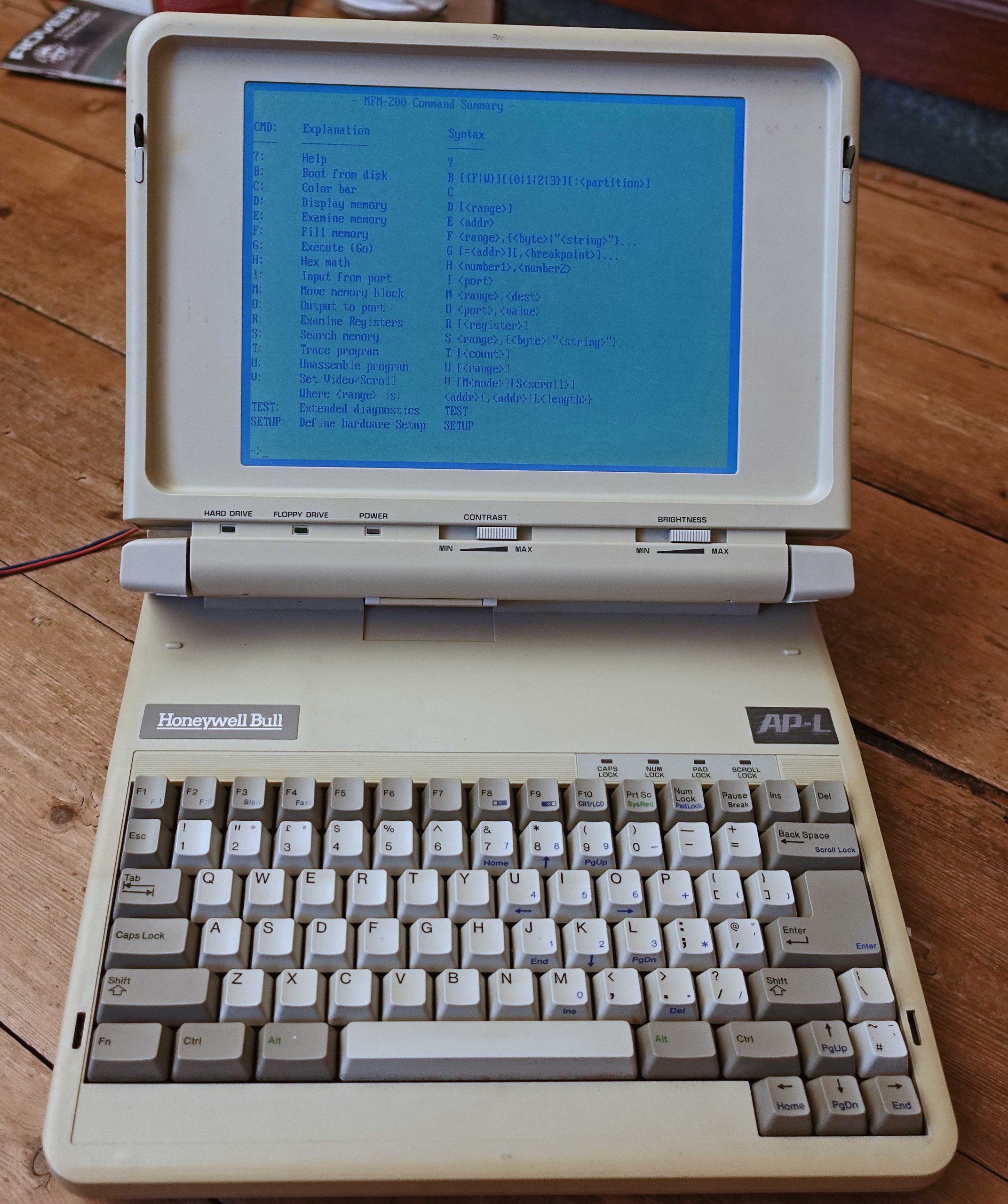
I was given this early (1988) laptop sometime in the 1990s when it was probably well past its sell by date! It derived its power from an 80286 chip running at 12Mhz and used DOS 5. It had a 3.5 floppy and a 20Mb hard drive. The screen was monochrome and not very bright but it had a great keyboard! Sadly, the screen has lost even more bightness and contrast, the CMOS battery is flat so it doesn’t really know who it is anymore! When new, at one time, it cost $5000!
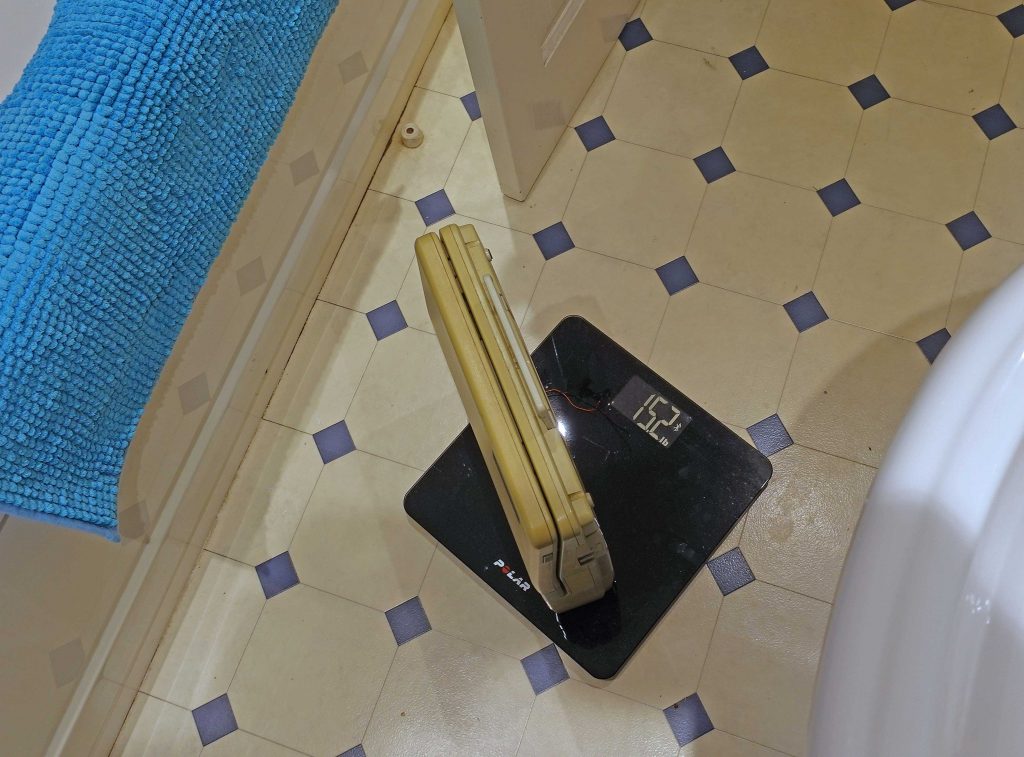
I notice from my bathroom scales that the laptop weighs in at 15.2 ponds (6.9 kilos – more like 9 kilos with its case and power supply) wheras the nice little Dell Latitude (on the right, below) 15 years later (same size screen, by the way) weighs in at 1.3 kilos. Of course, the computing power of the Dell is colossal compared to the Honewell Bull. I still use the Dell from time to time with its Windows XP although not for on line banking!
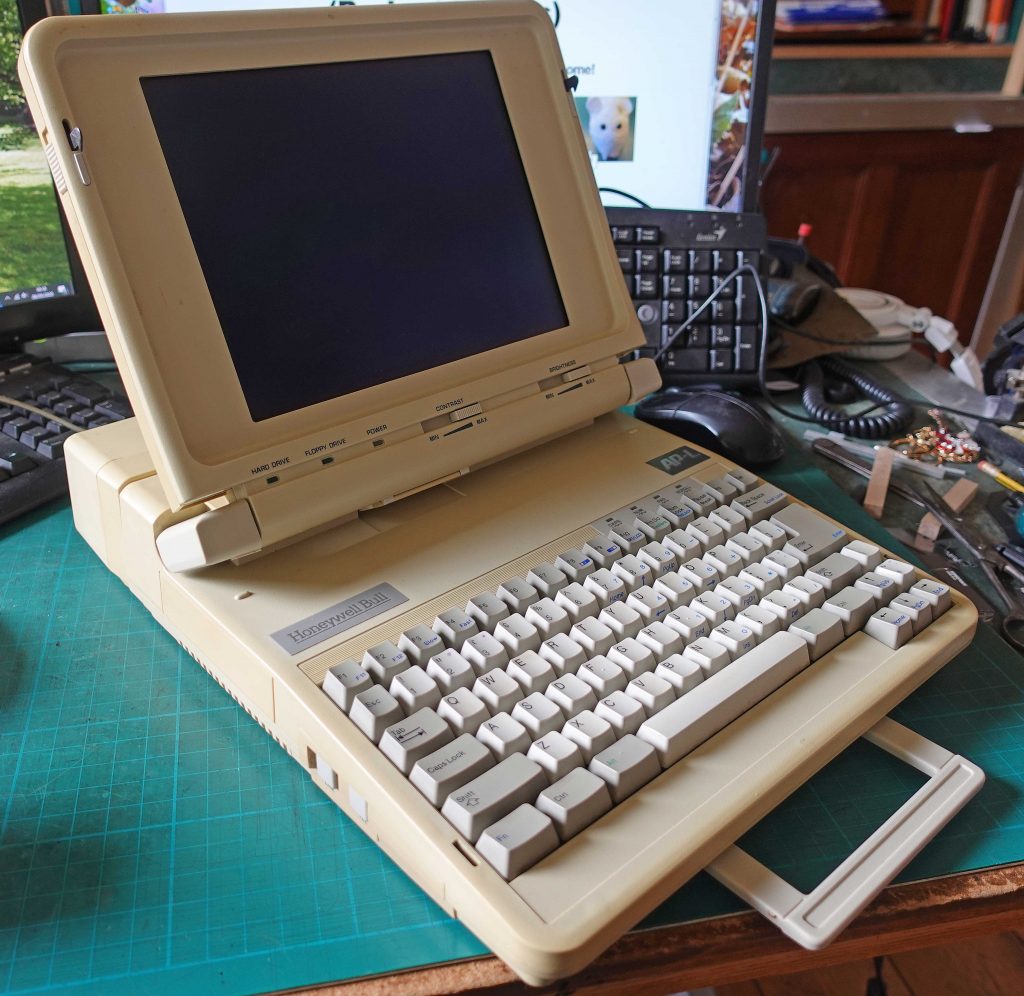
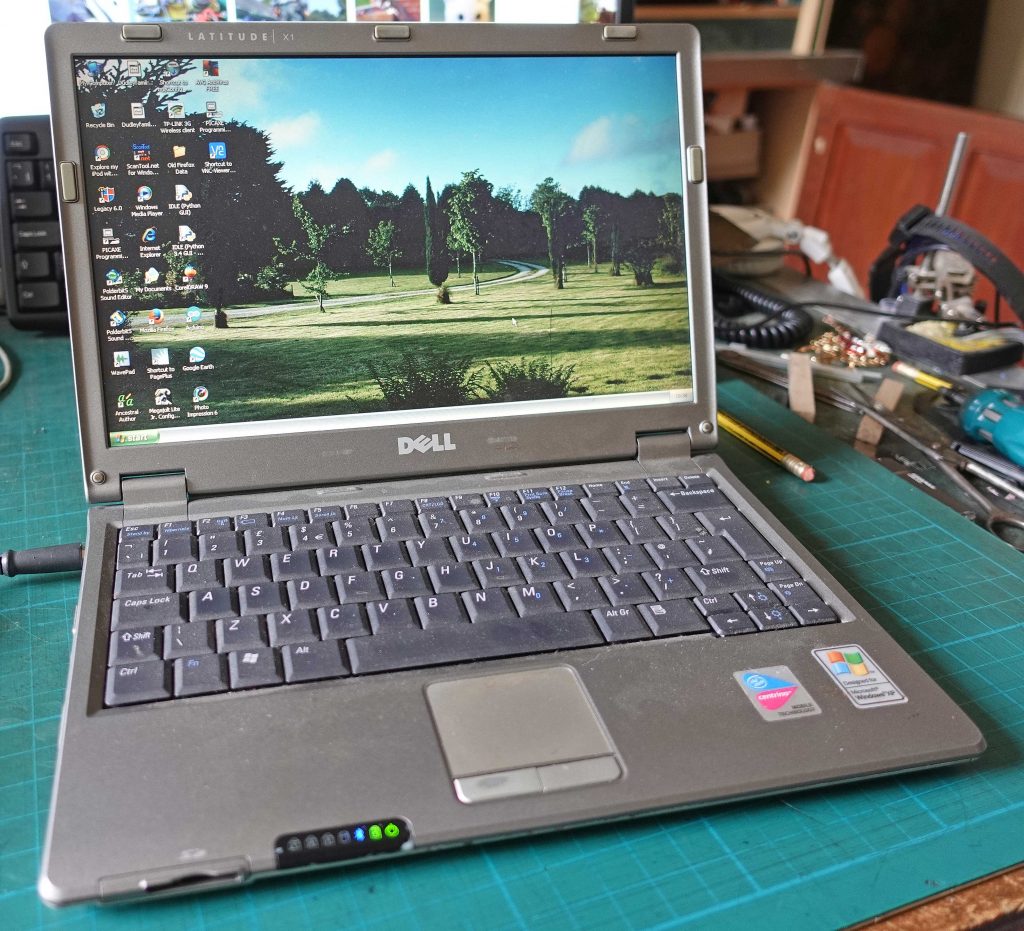
My Dotlink Desktop from 1992 – look at the price! How did I afford it?
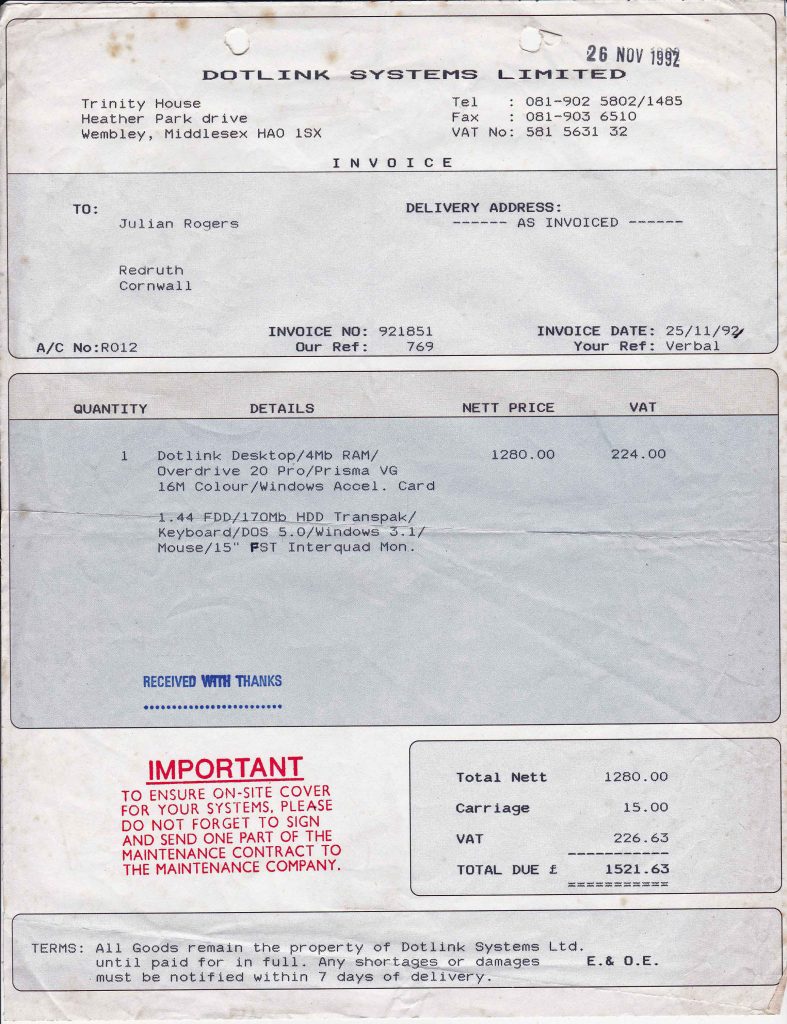
This is the invoice for my 1992 Dotlink desktop computer (Dotlink sadly bit the dust some time ago) for £1,521.63! For that price today you could get an extremely fast gaming desktop. However, if you allow for inflation, that’s equivalent to £3250! My current desktop cost about £600 (excluding a monitor) and is the modern equivalent of the Dotlink, I suppose. Modern tech is cheap!
The Dotlink was a 486 and mas noticeably faster than the 386 to which I had upgraded my old IBM AT (in truth only the case remained of the original). I had tried running Widows 3 on the 386 and it was not a success, however, on the Dotlink, Windows 3.1 was OK. I needed some graphics software for some exhibition design work I was doing and I bought Corel Draw 2 (for about £250 as I remember!). Computers were too slow to design anything in real time other than in wireframe mode. The screen was split with the wireframe image on one side and the fully rendered image on the other which could be periodically updated (it took forever!)
For a related page on heavy old tech, see here.
